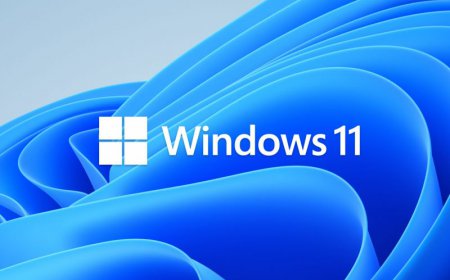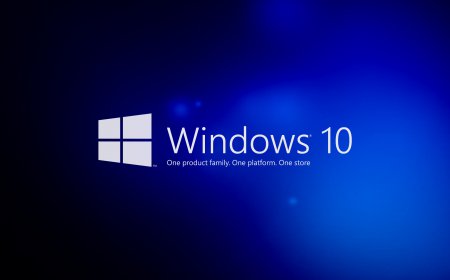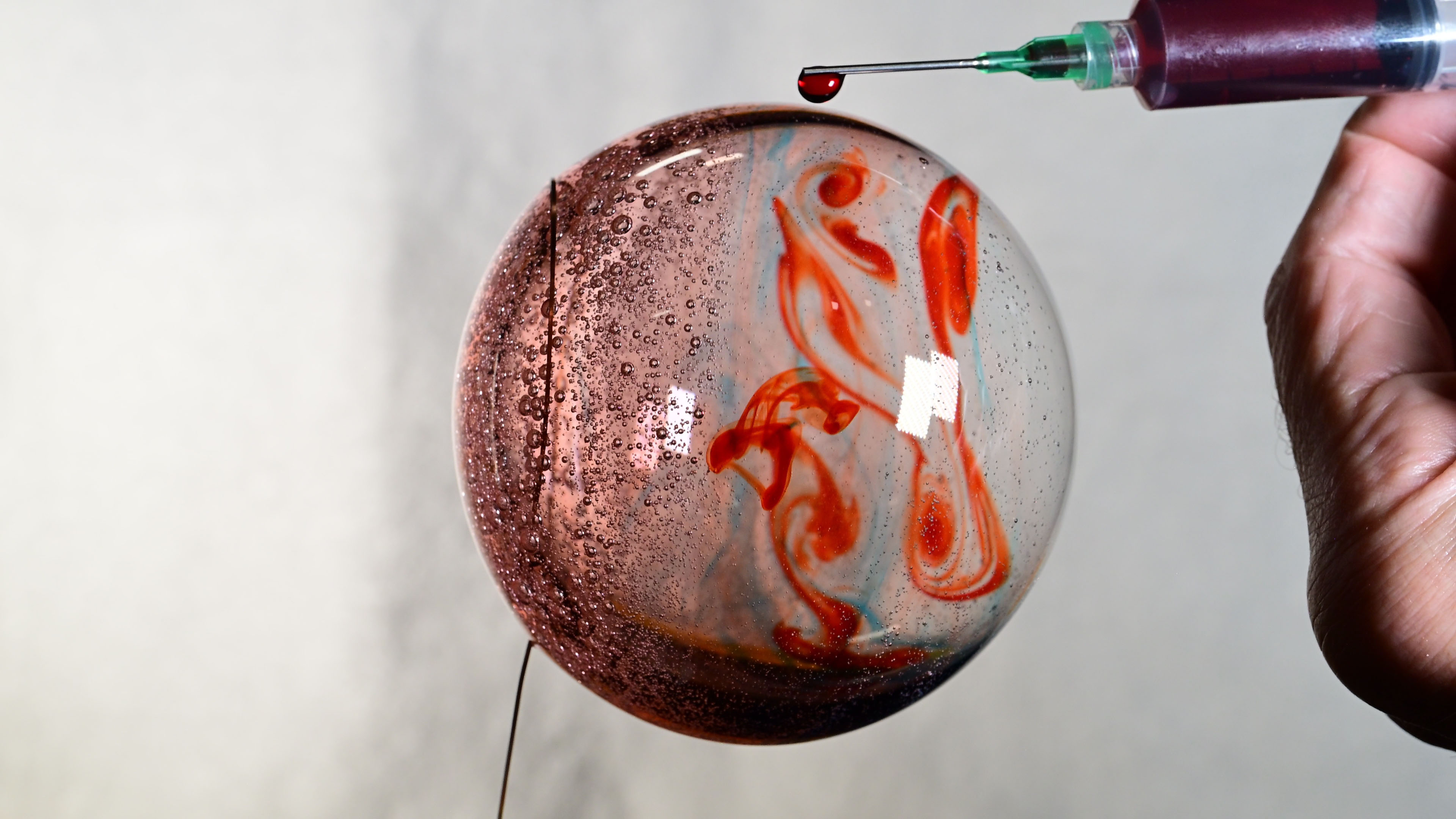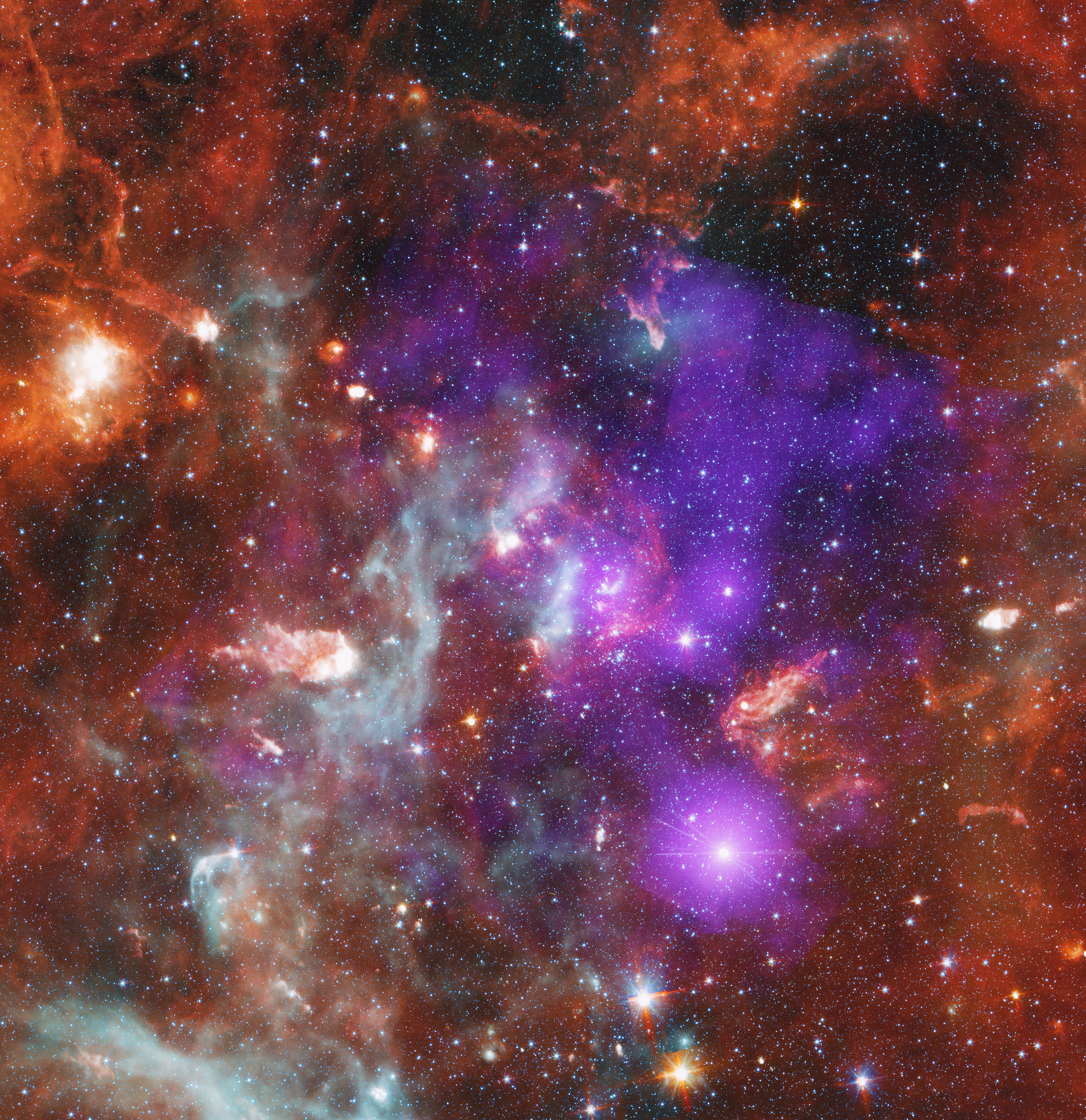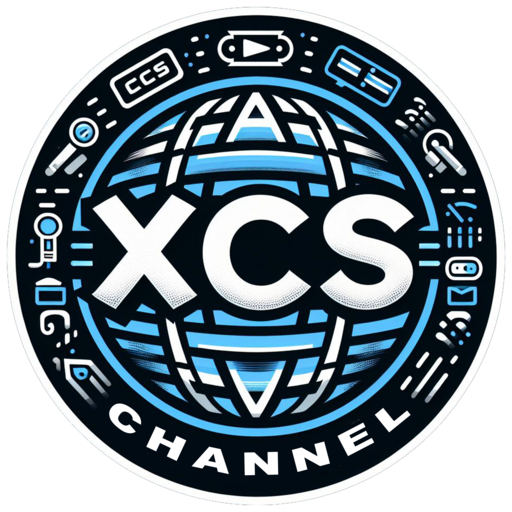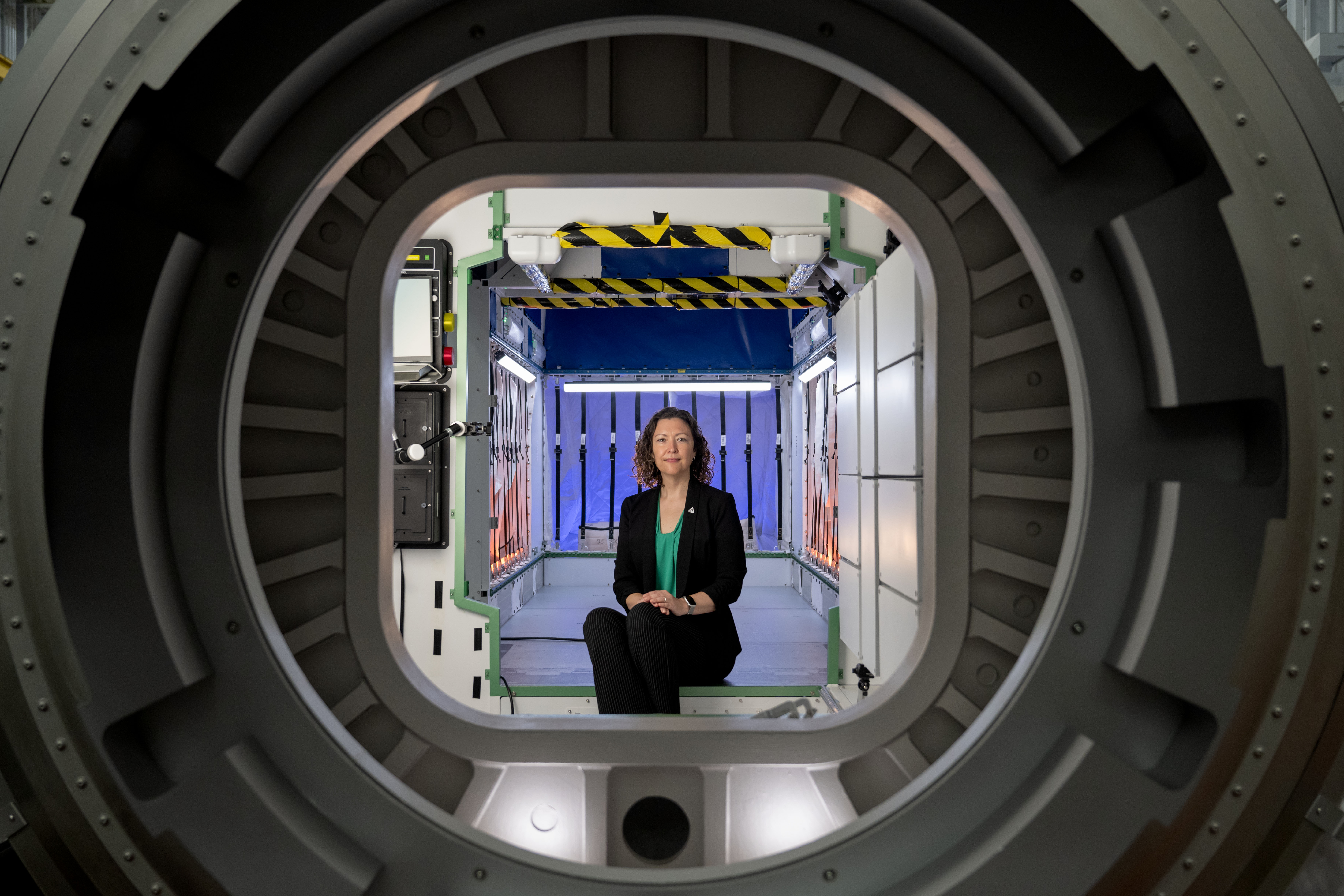NASA Expanding Lunar Exploration with Upgraded SLS Mega Rocket Design
By: Martin Burkey As NASA prepares for its first crewed Artemis missions, the agency is making preparations to build, test, and assemble the next evolution of its SLS (Space Launch System) rocket. The larger and power powerful version of SLS, known as Block 1B, can send a crew and large pieces of hardware to the […]
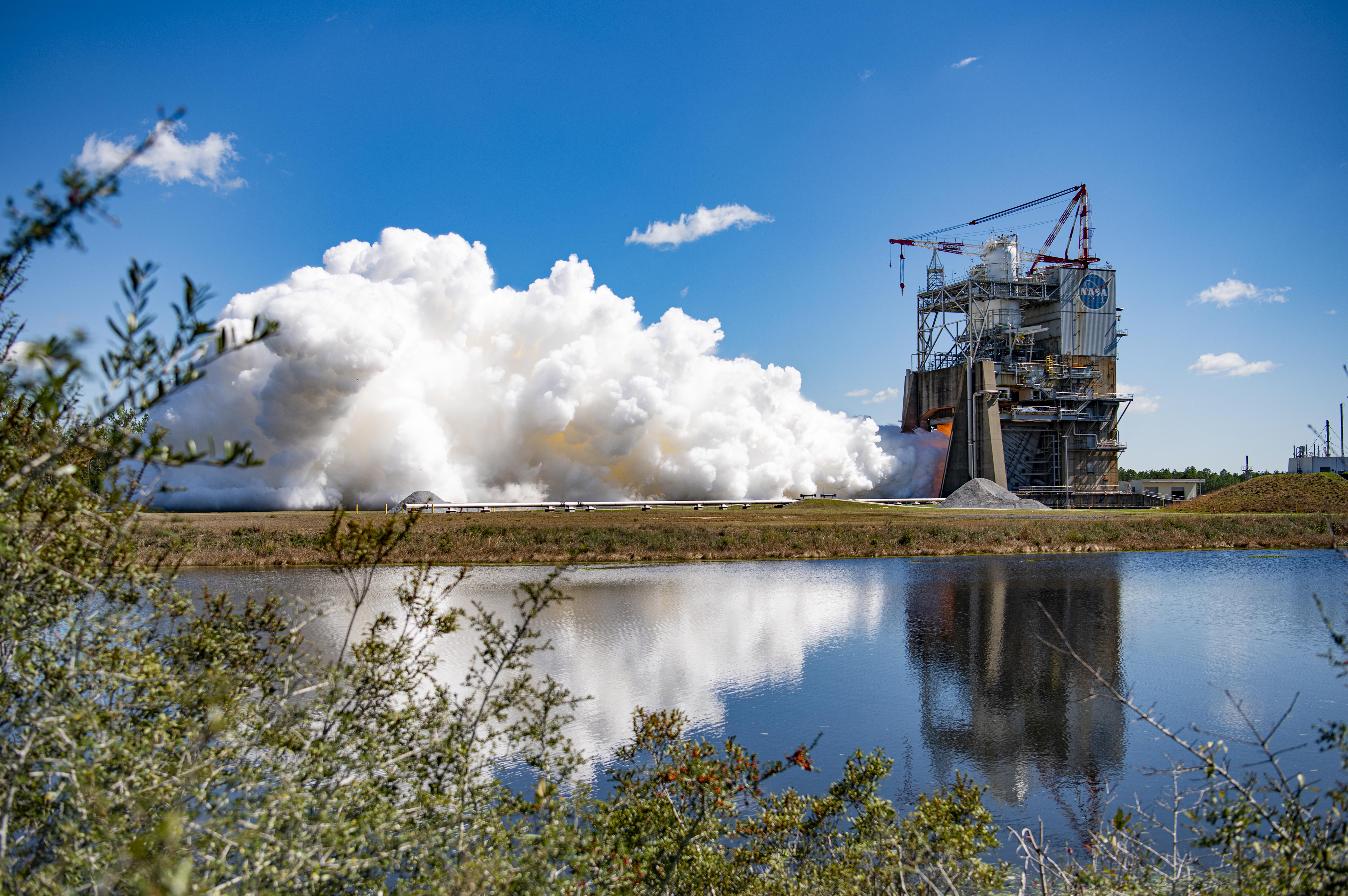
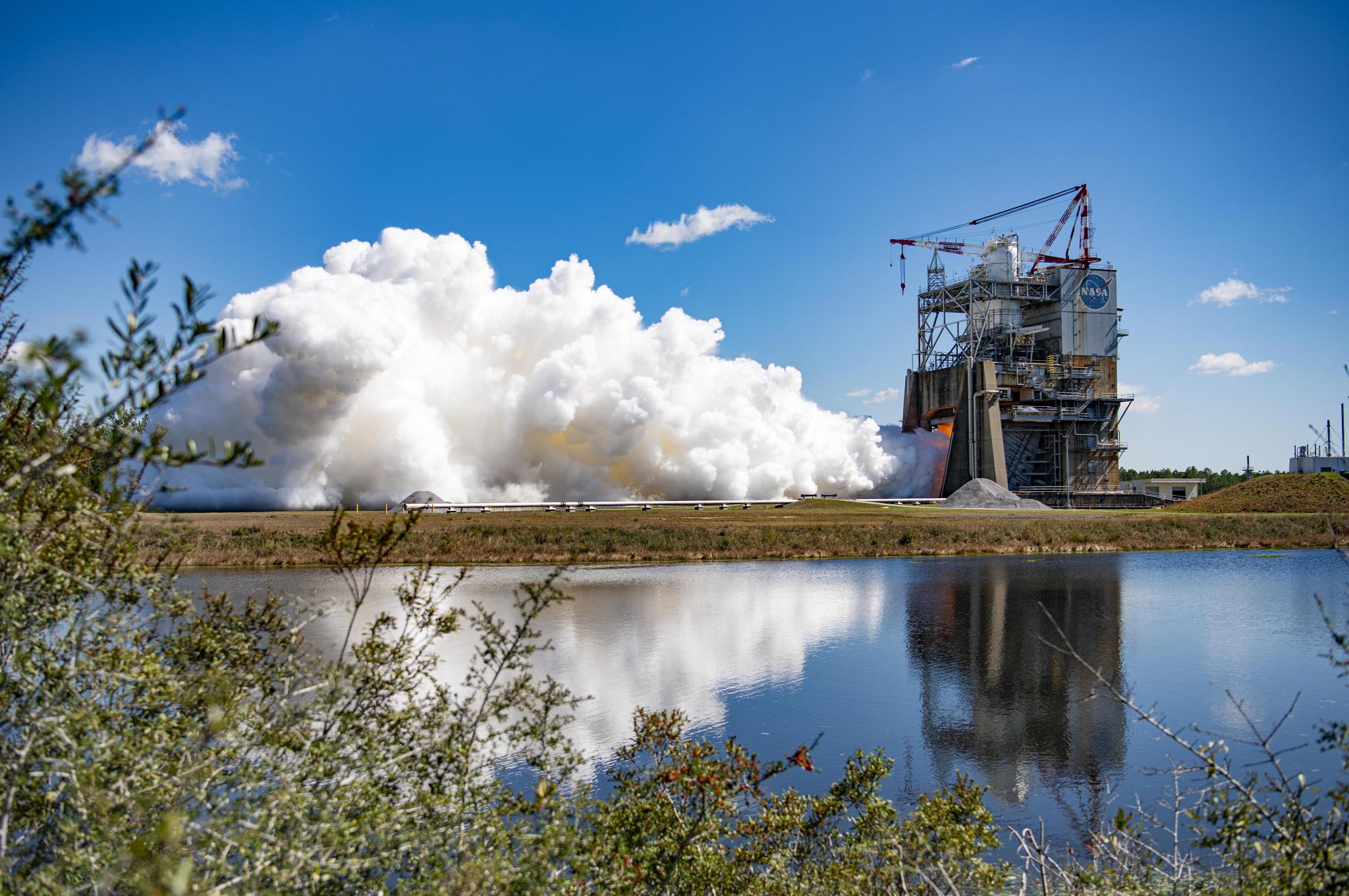
By: Martin Burkey
As NASA prepares for its first crewed Artemis missions, the agency is making preparations to build, test, and assemble the next evolution of its SLS (Space Launch System) rocket. The larger and power powerful version of SLS, known as Block 1B, can send a crew and large pieces of hardware to the Moon in a single launch and is set to debut for the Artemis IV mission.
“From the beginning, NASA’s Space Launch System was designed to evolve into more powerful crew and cargo configurations to provide a flexible platform as we seek to explore more of our solar system,” said John Honeycutt, SLS Program manager. “Each of the evolutionary changes made to the SLS engines, boosters, and upper stage of the SLS rocket are built on the successes of the Block 1 design that flew first with Artemis I in November 2022 and will, again, for the first crewed missions for Artemis II and III.”
Early manufacturing is already underway at NASA’s Michoud Assembly Facility in New Orleans, while preparations for the green run test series for its upgraded upper stage are in progress at nearby Stennis Space Center in Bay St. Louis, Mississippi.
New Upgrades for Bolder Missions
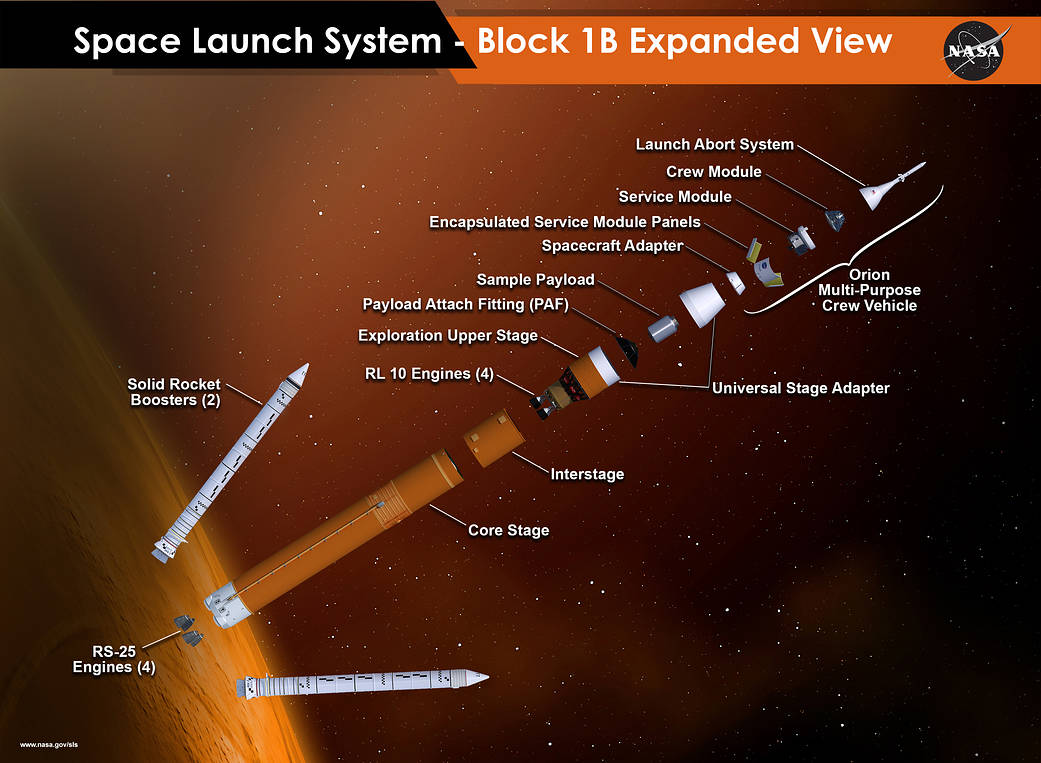
While using the same basic core stage and solid rocket booster design, and related components as the Block 1, Block 1B features two big evolutionary changes that will make NASA’s workhorse rocket even more capable for future missions to the Moon and beyond. A more powerful second stage and an adapter for large cargos will expand the possibilities for future Artemis missions.
“The Space Launch System Block 1B rocket will be the primary transportation for astronauts to the Moon for years to come,” said James Burnum, deputy manager of the NASA Block 1B Development Office. “We are building on the SLS Block 1 design, testing, and flight experience to develop safe, reliable transportation that will send bigger and heavier hardware to the Moon in a single launch than existing rockets.”
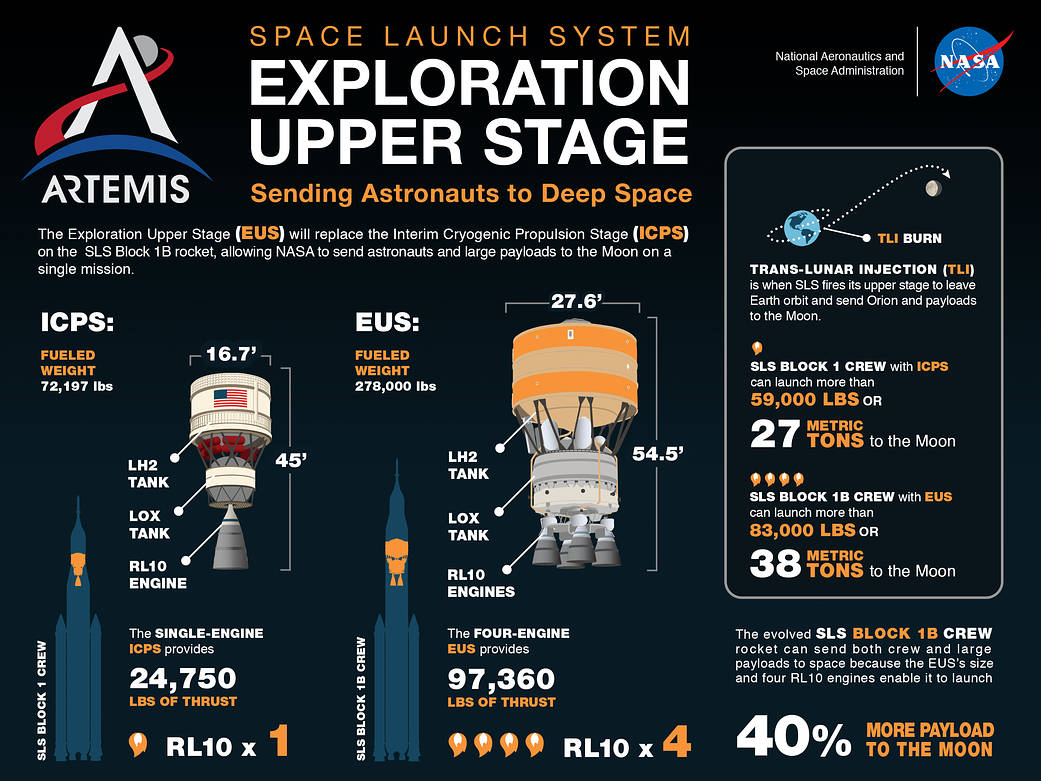
The in-space stage used to send the first three Artemis missions to the Moon, called the interim cryogenic propulsion stage (ICPS), uses a single engine and will be replaced by a larger, more powerful four-engine stage called the exploration upper stage (EUS). A different battery is among the many changes that will allow EUS to support the first eight hours of the mission following launch compared to the current ICPS two hours. All new hardware and software will be designed and tested to meet the different performance and environmental requirements.
The other configuration change is a universal stage adapter that connects the rocket to the Orion spacecraft. It also offers more than 10,000 cubic feet (286 cubic meters) of space to carry large components, such as modules for NASA’s future Gateway outpost that will be in lunar orbit to support crew between surface missions and unique opportunities for science at the Moon.
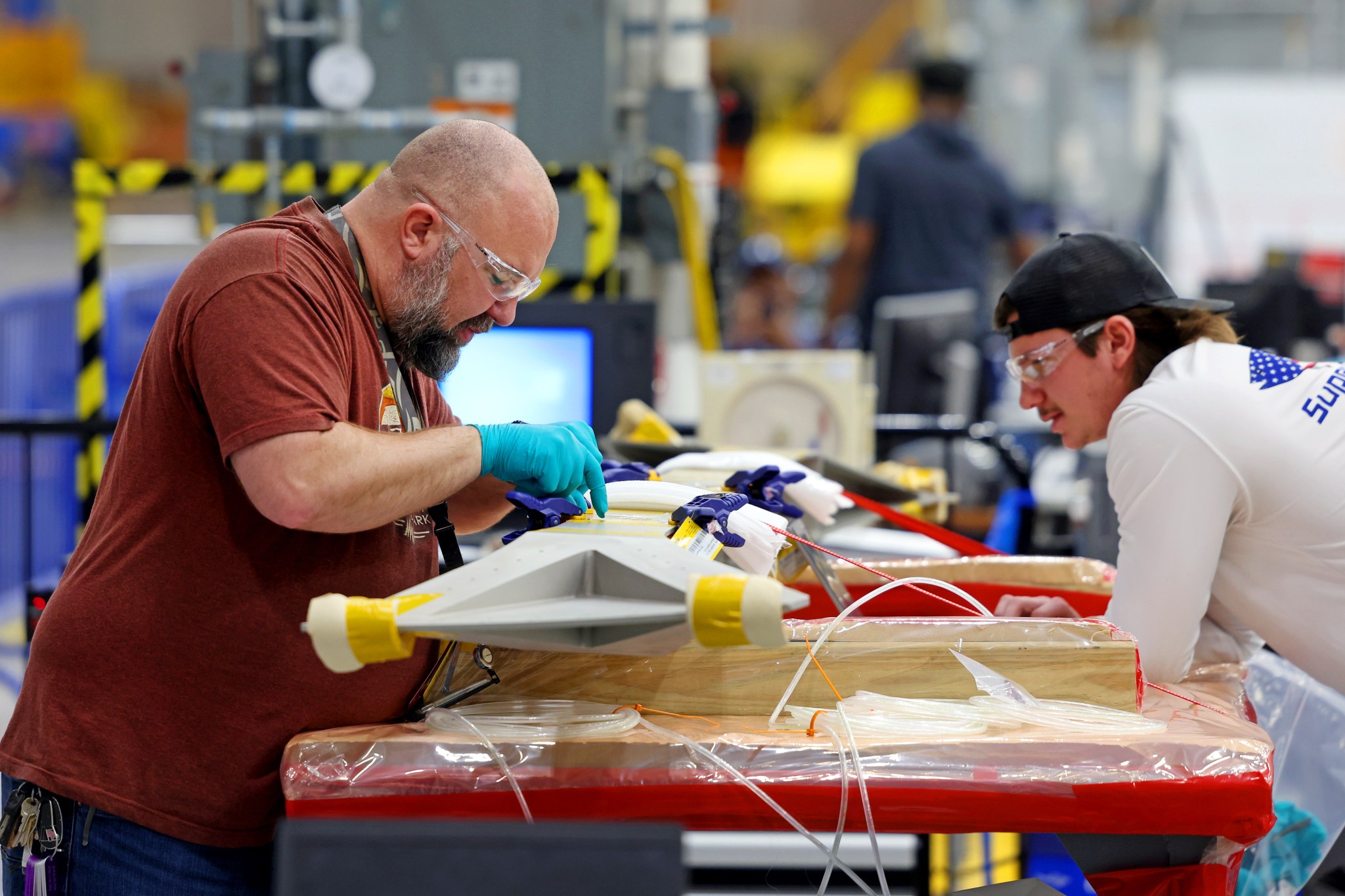
Together, those upgrades will increase the payload capability for SLS from 59,000 pounds (27 metric tons) to approximately 84,000 pounds (38 metric tons). The four RL10 engines that will be used during the exploration upper stage green run test series at Stennis are complete, and work on the Artemis IV core stage is in progress at nearby Michoud.
More Opportunities
The evolved design also gives astronaut explorers more launch opportunities on a path to intercept the Moon. With four times the engines and almost four times the propellant and thrust of ICPS, the EUS also enables two daily launch opportunities compared to Block 1’s more limited lunar launch availability.
Among other capabilities, both astronauts and ground teams will be able to communicate with the in-space stage and safely control it while using Orion’s docking system to extract compenents destined for Gateway from the stage adapter.
NASA is working to land the first woman, first person of color, and its first international partner astronaut on the Moon under Artemis. SLS is part of NASA’s backbone for deep space exploration, along with Orion and the Gateway in orbit around the Moon and commercial human landing systems, next-generation spacesuits, and rovers on the lunar surface. SLS is the only rocket that can send Orion, astronauts, and supplies to the Moon in a single launch.
News Media Contact
Corinne Beckinger
Marshall Space Flight Center, Huntsville, Ala.
256.544.0034
[email protected]
What's Your Reaction?








